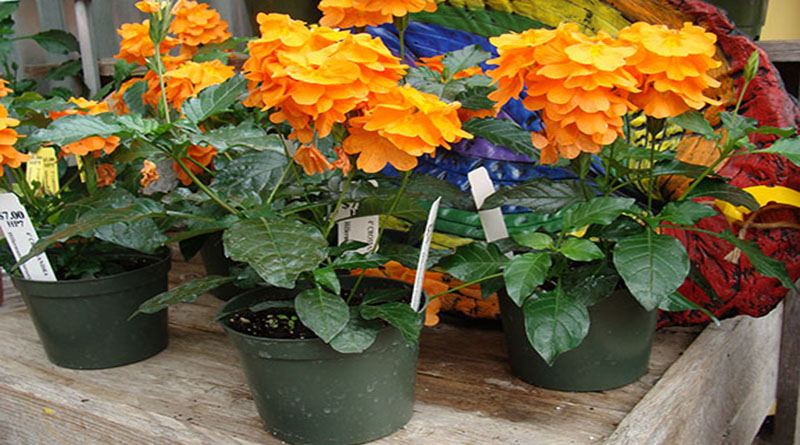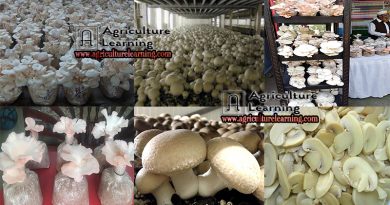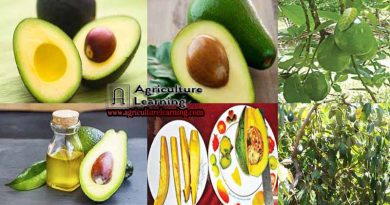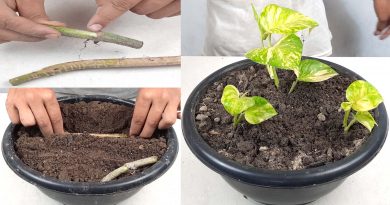Cultivation Method of Crossandra Plants Indoors | Grower’s Tip
Crossandra is commonly seen as bedding plants in subtropical and tropical areas, where they are used for their wonderful color in light shade situations. These are among the few plants that provide months of lovely blooms in the bright shade—thus they are especially valuable when paired with other shade-tolerant plants for color, including impatiens, coleus, and shrimp plants. Indoors, crossandra provide many of the same charms. They are tolerant of low light and provide long-lasting flowers that will provide constant color from late spring to autumn. You can also enhance the bloom by removing older and dying flowers. Better yet, the blooms are available in a wonderful array of pale peach and coral colors—not very common colors among indoor flowers. As a result, these plants will do well grouped with other colorful plants, where they can be shown off to maximum advantage. That said, though, crossandra do have relatively high water and humidity requirements and cannot tolerate cold.
Growing Conditions
- Light:They thrive best in bright, indirect sunlight. During summer, do not expose them to direct sunlight. In winter, provide as much light as possible.
- Water:During the growing season, water frequently and never allow potting soil to dry out. They are very susceptible to drought. In more arid climates, it might be necessary to mist the plants weekly during the growing season to provide ample humidity.
- Soil:A rich, peat-based potting soil with excellent drainage is beneficial.
- Fertilizer:Feed with a weak liquid fertilizer throughout the growing season. Cut fertilizer back to once a month or so in the winter.
Propagation
Crossandra readily roots from cuttings. For best results, take cuttings early in the spring growing season, use a rooting hormone and plant the cuttings into seed-starting soil. Provide bottom heat and plenty of humidity until new growth emerges, then move to their permanent location. Young plants grow quickly and will likely need to be repotted within the first month before they begin to bloom.
Repotting
Although they are perennial shrubs in their native habitat, it’s not uncommon for indoor gardeners to essentially treat them as annuals, only keeping them until their bloom is over and their leaves begin to drop, then discarding the plant. If you do overwinter the plant, repot in spring into a new container with fresh soil and provide plenty of indirect, bright light for the transplant. Propagate at repotting time.
Varieties
There are about 50 species of crossandra within the larger genus. They are all native to subtropical regions including India, Southeast Asia, Africa, and Madagascar, where they are understory and border plants. In the garden trade, however, only one species is common: C. undulifolia (also sold as C. infundibuliformis). This plant is native to Sri Lanka and southern India and features narrow, oblong leaves and pale, peachy or coral flowers. Breeders have introduced some color variations, including the Mona Wallhed, which has a lovely flower color.
Tips
Crossandra can be thought of as slightly easier cousins of the hibiscus (although they are in no way related). They are tropical plants with showy blooms that people rarely grow indoors, but maybe should. Few plants can be relied on to provide this kind of flowering show indoors under poor light conditions. If you meet their requirements for moisture and light, they are sure to reward. Crossandras are sometimes vulnerable to mealybugs, aphids, and mites. Signs of infestation include tiny webs on plants, clumps of white “powdery” residue, or visible insects on the plant. Treat infestations as soon as possible to prevent them from spreading to the rest of your collection. As always, start with the least toxic treatment option first, only progressing to more serious chemicals if your initial efforts fail.
510 total views, 2 views today




